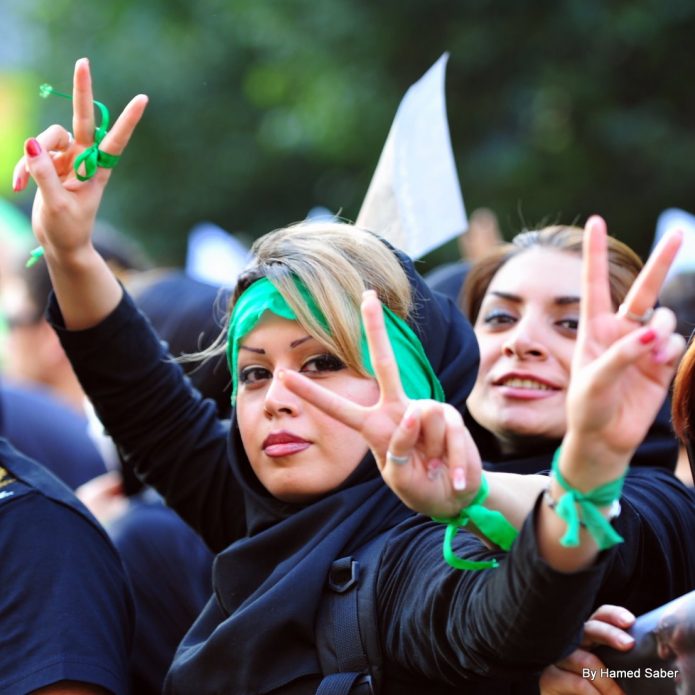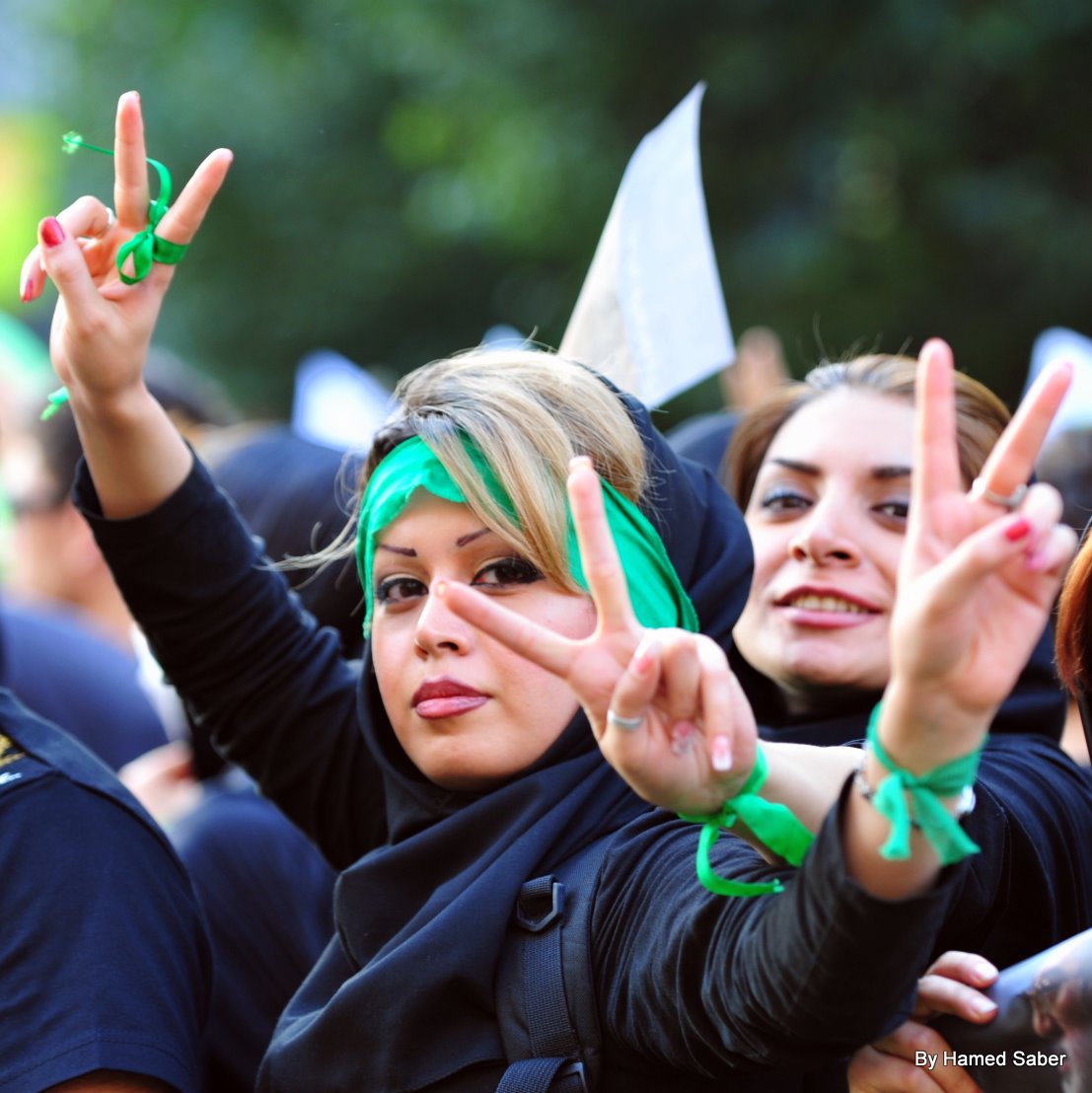
Hamed Saber / Flickr
As 2017 came to a close, a groundswell of Iranian protesters captured international attention. The demonstrators’ slogans questioned everything from the price of eggs to the legitimacy of the highest levels of government, as viewers from around the world sought to pin down the precise motivations for their displeasure. At this time, the protesters may offer more questions than answers. Reports are building conflicting narratives as to who the protesters are, what brought them into the streets, and what they hope to accomplish.
Though there may be cacophony of analyses — many of them surely to be discredited in coming days and weeks — some facts still remain undisputed. Primarily among them: the protests are taking place against a backdrop of economic frustration and inequality within Iran.
Economic concerns have been simmering for some time. As Iranian writer Amir Ahmadi Arian noted in the New York Times, inequality has become front and center as the wealthy display their opulence with luxury cars in city streets, while the rest of the country struggles. The economy was a focal point in the country’s May 2017 elections. President Hassan Rouhani campaigned on the nuclear deal, promising it would bring more money into the country. But while Iran’s economy grew — by 13.4 percent in 2016 — it didn’t necessarily translate into prospects for Iranians. Unemployment rose to 12.6 percent that same year, a number that’s even higher for Iranian youth.
The discrepancy between the promise and reality of the nuclear deal hasn’t been lost on the country’s residents. In May of 2015, when hopes for the agreement were high, more than half of Iranians felt the economy was at least somewhat good. But by 2017, nearly two thirds called the country’s economic situation bad, one poll found. And they’re not optimistic about the future — fifty percent of people said they thought the economy was getting even worse.
Just as with the protests, analysts will point fingers in a variety of directions as to the cause of the country’s economic ills. Certainly, years of crippling international sanctions have played a role. And while the nuclear deal left the door open for more economic opportunities, constant uncertainty over the future of the agreement has left banks and businesses skeptical.
But regardless of the causes, the protests signal that Iran’s citizens may disagree with the government on next steps. One spark behind the recent demonstrations? President Rouhani’s conservative 2018 budget, released even as minor protests took place around the country over lost jobs and missing wages.
One particular point of ire is the budget cut to the country’s popular cash transfer program. As economist Djavad Salehi-Isfahani notes in one analysis, the program — which gave Iranians a small monthly stipend — played a role in stemming poverty rates, especially in the country’s rural areas, helping to bridge inequality between Tehran and the rest of the country. Salehi-Isfahani also points out that high inflation already cut the value of the transfers to less than a third of their original value. To top off that indignity, the government has decided to limit the number of people eligible for the program.
While the international community buzzes about the meaning behind the protests, at least one group is standing behind Rouhani’s austerity budget. The IMF released a consultation report on Iran in December, shortly before the protests took off, in which they said revisions to the cash transfer program, among other measures, would lead to “much needed fiscal space.” In a memo, Peter Bakvis, who directs the Washington, D.C. office of the International Trade Union Confederation, questioned this move. “It is safe to assume that no one among those participating in the recent mass protests in Iran was consulted by the IMF’s mission before it endorsed the 2018/19 budget and issued recommendations for the country’s economic and social policies.” Though the IMF does not lend to Iran, their recommendation still carries a good deal of weight.
The question to be asked: will Iran listen to groups like the IMF or the voice of its people? The government says the demonstrations have died down. But no matter the face of Iran’s protesters or the future of their movement, this much is clear: the country needs to deal with inequality, or the frustration will continue to simmer.
